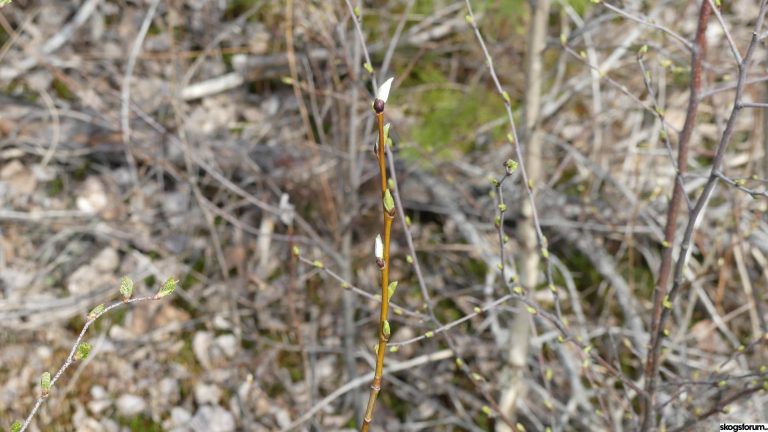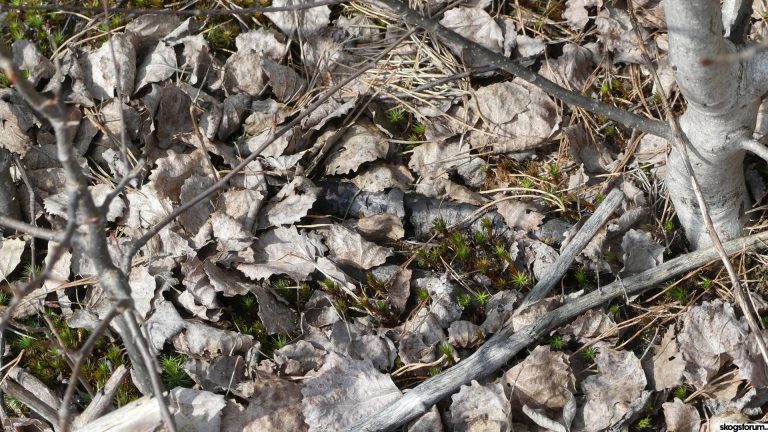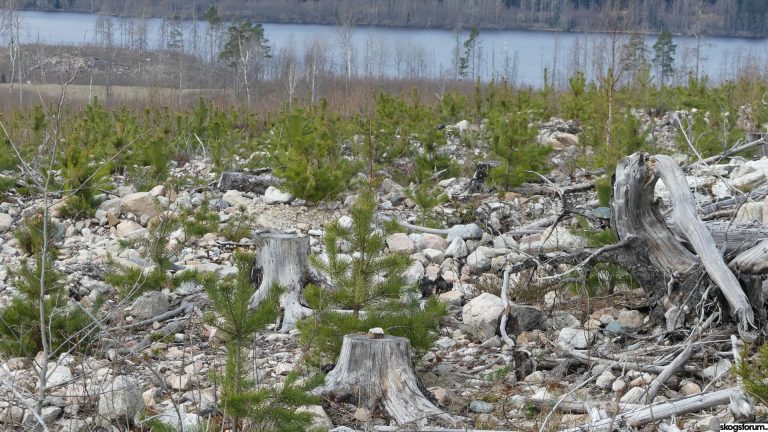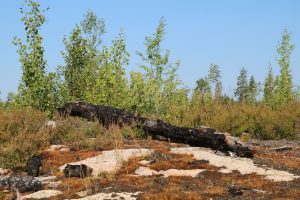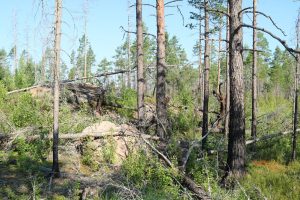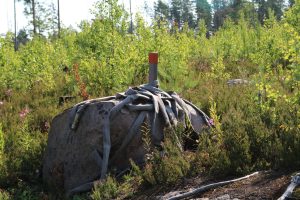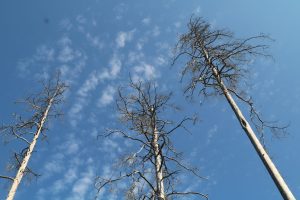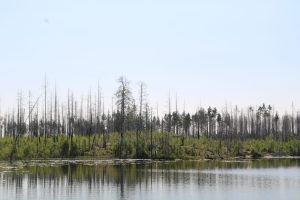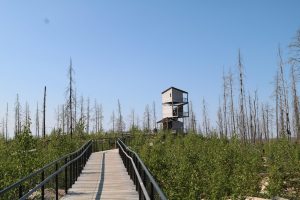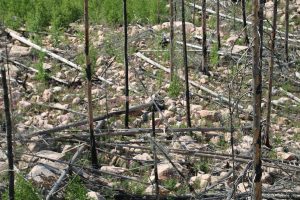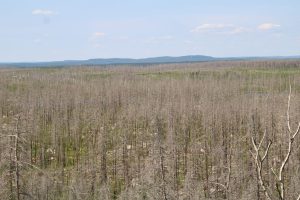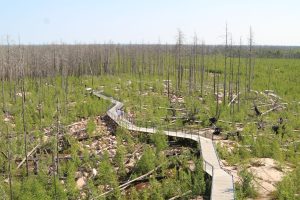Now it´s the time of the year when wildfires ravage in the forest and destroys everything that comes in its way. In the western parts of North America, the fires devore whole villages, forcing the inhabitants to flee for their lives. Fire fighters and landowners struggle to save whatever can be saved and pray for rain.
Wildfire – How to fight it
Up here in Sweden we have been lucky when it comes to wildfires. During the last decade we had two major fire seasons, in 2014 and 2018. Especially in 2018 there were many fires going on simultaneously all over Sweden, but both those years had one major fire each. When the first of them started in 2014, Sweden wasn´t ready for what was to come.
The summer 2014 was hot and dry. The authorities warned repeatedly about extremely high risk of wildfires during the summer. On the 31st of July that year, a spark from a forest machine (a scarifyer) lit a fire. The machine operator alerted the fire brigade and gave them the exact GPS position of the fire. At this point the size of the fire was about 30 x 30 meters.
The maps used by the fire brigade had not been updated. So, the fire fighters went to the wrong location which delayed them by approx. 30 minutes. When they eventually arrived by the fire, it had grown to 1000 x 300 meters and kept growing. High temperature, dry air, wind and rocky terrain made the fire fighting difficult.
A lake couldn’t stop it
A few days later, the “last hope” was a 1-kilometer-wide lake that could stop the fire front. When the fire reached the lake, it jumped over the lake in seconds and kept spreading. At this point, the Swedish government asked for help from France and Italy who sent water bombers to the area. Until then, only ground crew and some 10 voluntary, private helicopters had been used in the battle against the flames. Sweden did not have any airborne firefighting equipment at this time. Also, during the fires in 2018, Sweden had to ask for help from other EU countries. It wasn´t until June 2020 that Sweden got their own water bombers.
Sweden is a small country, and the local water bombers can reach any fire within the country quite fast. They have been much used since they came here and have managed to stop several fires from spreading at an early stage.
Wildfire – What comes next?
One of the wonderful things about the forest is its ability to come back. As I say to the environmentalists: “Don´t worry about the forest, it always comes back. It´s our own asses we should worry about.”
And it does come back, after fire, after storm, even if it takes a little longer than normal reforestation. The total area of the fire in 2014 was 13 100 hectares that was owned by 107 forest owners, mainly private ones. It started on 31st July and was officially put out on 11th September. After that, a complicated cutting operation took place to save as much valuable wood as possible. As a start, it had to be sorted out where the borders between the 107 forest owners were.
Dangerous work
The felling was a difficult and dangerous operation as the roots of the trees were burned off. Trees could fall at any time and the machines got stuck as the carrying effect of the roots was missing and there was no brush to make strip roads on the sites. Invisible holes in the ground, created by glow under the surface, was another problem. Of course, soot and ash didn´t make anything easier.
All personal working in this operation, got special education for the task and the area was closed to the public during the whole operation that lasted over a year. Approx. 500 000 cubic meters solid wood under bark was cut of which half was sawlogs. The rest was special assortments and firewood (mainly for chipping and to be burned in district heating plants). Nothing was sold as pulpwood as the pulp- and paper industry doesn´t accept soot and ash in the wood. In total, 1,4 million cubic meters were damaged by the fire.
Today, 8 000 hectares of this area is nature reserve.
The forest returns
Two years after the fire (in 2014) the colleagues at Skogsforum.se visited the site and made this film that, among other things shows a Ponsse harvester that got caught in the fire
In May 2021, Torbjörn at Skogsforum.se visited the area to take some photos. Here are three of them:
Photo: Torbjörn Johnsen
Photo: Torbjörn Johnsen
Photo: Torbjörn Johnsen
Another friend of mine visited the same area in July 2021 and gave me these photos:
Photo: Carina Johansson
Photo: Carina Johansson
Photo: Carina Johansson
Photo: Carina Johansson
Photo: Carina Johansson
Photo: Carina Johansson
Photo: Carina Johansson
Life in the forest returns
For a forest owner a wildfire must be like the worst nightmare. It doesn´t only kill the trees, it “kills” the value of the wood as well. In the forest where I am part owner, we have had no fires the last 150 years, but we did have severe storm damages in 2005 and 2007. Luckily for us at that time, the market for wood was good and we could make a profit of the storm damaged wood.
It´s worth repeating: The forest comes back. It always does, sooner or later. The photos above show that. The holes in our forest after the storms, are now managed as young forests soon to be thinned for the first time.






